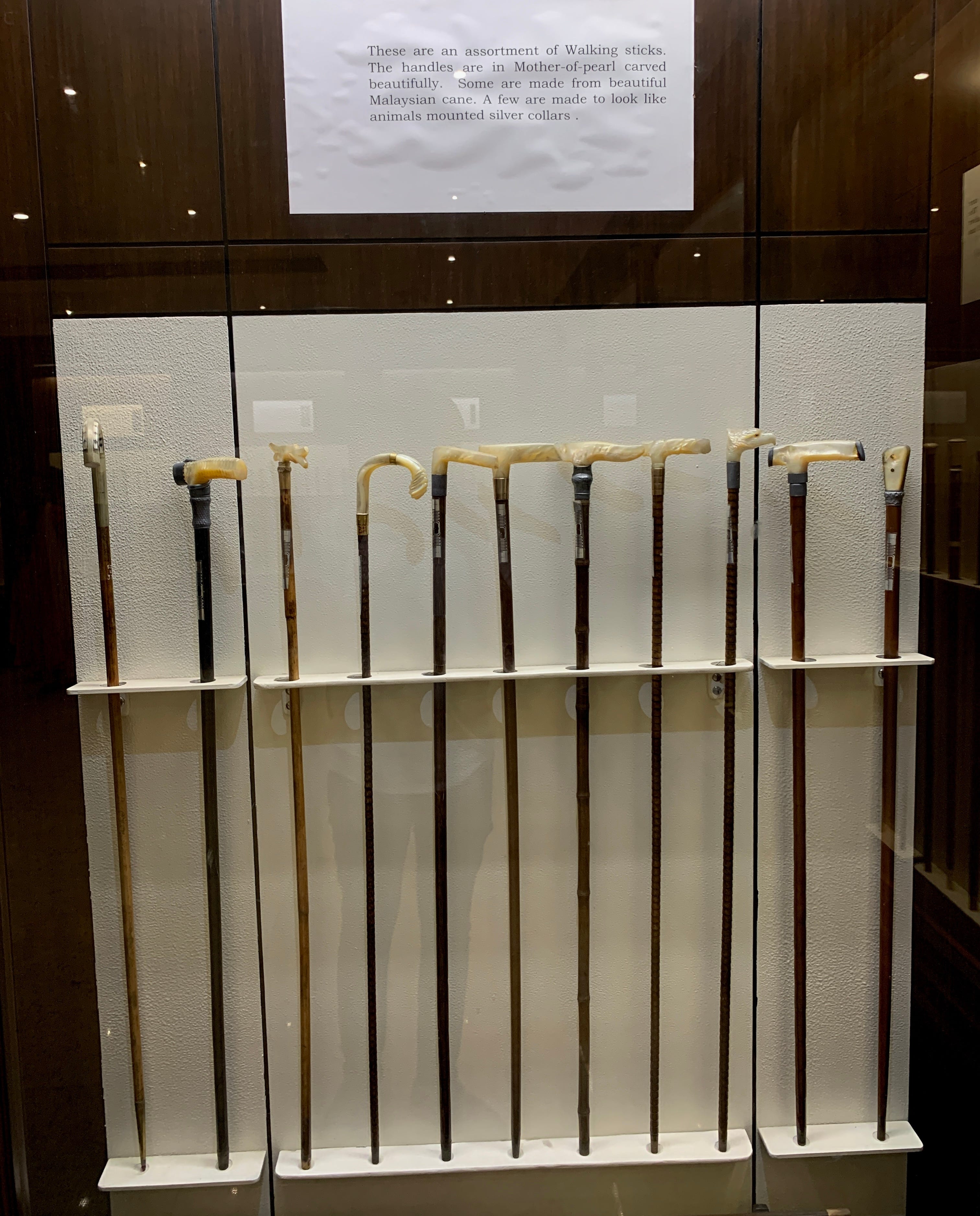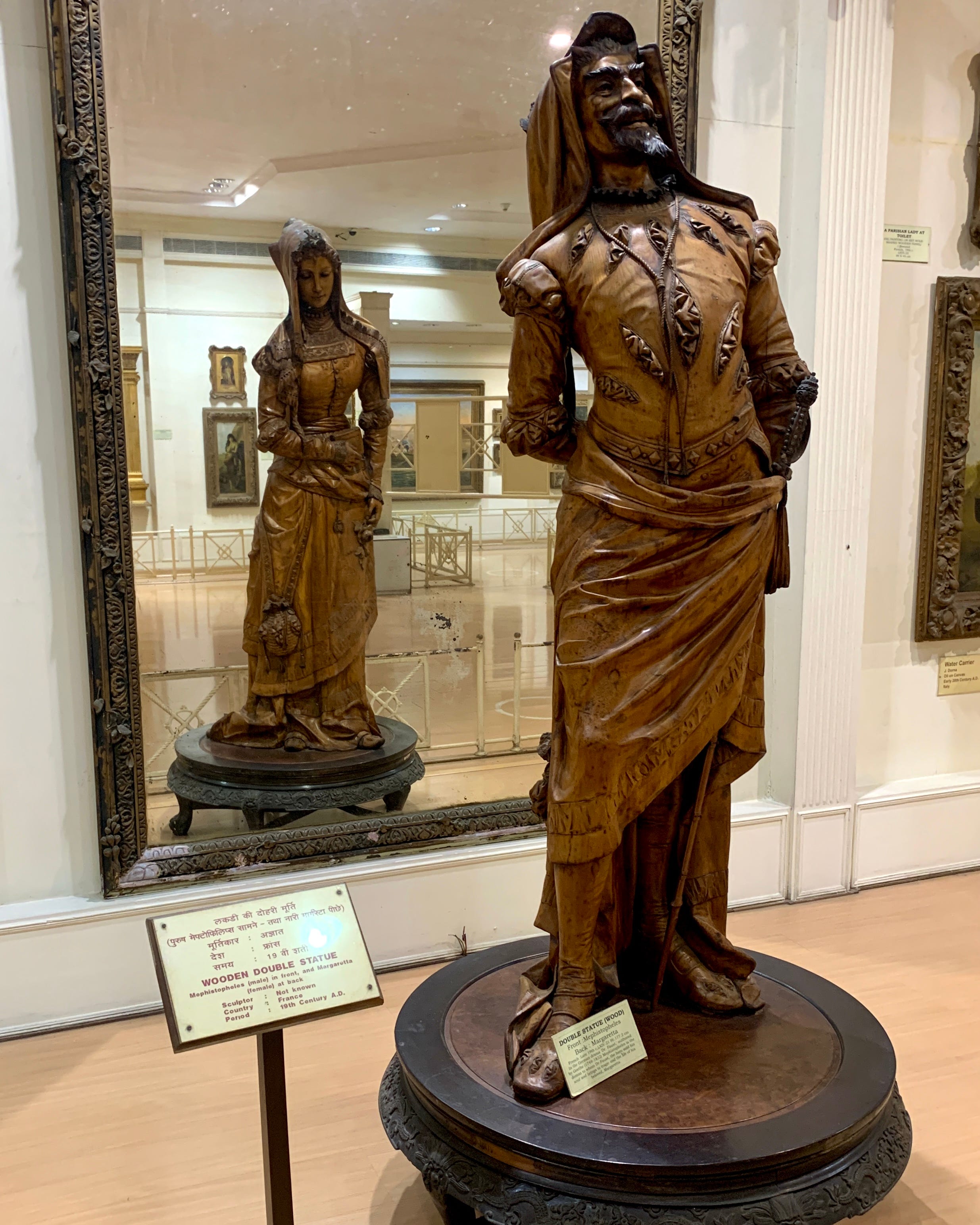A slice of Hyderabad’s history
I had one day to spare in Hyderabad so I decided to visit some historical places of interest. My similar day out in Indore recently was fun, and so a similar plan sounded like a good idea.
I first went to Charminar, natch.

As a structure built in ~1590, it’s impressive. There’s not much to see inside though; parallel spiral stairs lead you to a singular section open to the public.

The more interesting thing I found online is that scholars don’t agree on the true purpose of building Charminar. Some say it acted as a gateway to key trade routes while others associate it with religious purposes. Some say the sultan Muhammad Qutb Shah commissioned Charminar as a centerpiece to mark the tactical move of shifting their capital from Golconda to the new city he constructed as Hyderabad. Suggestions for a love interest have also been made but scholars have mostly rejected that one.
I then visited the Chowmahalla palace nearby.


The intricate beauty of the palace very much reflected the fact that it was the seat of power and main residence of the elite Nizams. I did not know the Nizams continued sovereign rule a year after India’s independence in 1947, and that they had and preferred better ties with the British than the former Indian princely states.
My next stop was the Salar Jung museum of the namesake family, who other than serving as Prime Ministers for the Nizams actively collected artwork, cultural objects, and antiquities from around the world. Most of these are what make up this huge museum.
Among the museum’s more than two dozen halls, the one on ancient manuscripts displayed many well-preserved texts more than 700 years old.


There was even a hall of walking sticks!


And a hall displaying life-sized woodworks.

There were many ivory works too but I couldn't get myself to take pictures of those because of how the core material is sourced. 😔

The museum also had some really nice old artwork and miniature paintings on display.



After a satiating yet physically tiring exploration of old Hyderabad, I gulped down the popular Irani tea. It was as nice as it was smooth. I also enjoyed snacking some soft biscuits from a local bakery and munching on Murkulus, a variant of the popular South Indian Murukkus I much adore.
The city’s metro system was a decent and cheap aid during transits, even as I was puzzled by the complete lack of offline ticketing. I don’t mind online tickets but what if I’m out of charge and/or mobile data? Or if I simply want some digital privacy or prefer to use cash I already have on hand? Bad luck suddenly being an outlier in the system.
A lovely crescent Moon adoring the evening sky was a lovely end to the outing.
